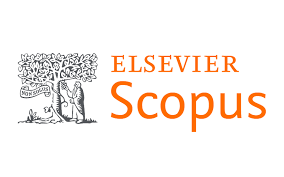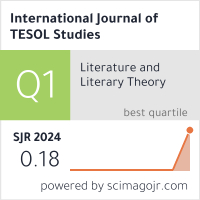2632-6779 (Print)
2633-6898 (Online)


Scopus
Ulrich’s Periodicals Directory (ProQuest)
MLA International Bibliography
MLA Directory of Periodicals
Directory of Open Access Journals (DOAJ)
QOAM (Quality Open Access Market)
British National Bibliography
WAC Clearinghouse Journal Listings
EBSCO Education
ICI Journals Master List
ERIH PLUS
CNKI Scholar
Gale-Cengage
WorldCat
Crossref
Baidu Scholar
British Library
J-Gate
ROAD
BASE
Publons
Google Scholar
Semantic Scholar
ORE Directory
TIRF
China National Center for Philosophy and Social Sciences Documentation
Marissa K. L. E
National University of Singapore, Singapore
Abstract
Online social annotation (SA) tools like Hypothes.is offer students a means of working collaboratively on an online document like a webpage. Such collaborations involve multiple students making annotations on a single digital platform to deconstruct assigned course readings. This type of collaborative endeavour is potentially helpful in the Content-Based Instruction (CBI) classroom because the emphasis on academic content in the CBI classroom can lead to difficulties for students, especially when students engage with threshold concepts that form part of the academic content required. Collaborations using SA tools could thus provide opportunities for peer learning and active engagement that would help students in facing the challenge of tackling threshold concepts. This pilot study aims to examine the usefulness of the Hypothes.is platform in the CBI classroom for facilitating student learning of threshold concepts. Analysis of annotations showed that students engaged with assigned electronic webpage articles in a variety of ways. Furthermore, textual analysis of a sample from the course’s final assignment showed evidence that relevant threshold concepts had been utilized appropriately and constructively. Finally, a follow-up survey also indicated a significantly positive response towards the utilization of Hypothes.is. In all, the study’s findings show that the employment of online SA tools can potentially serve as a complementary teaching and learning tool to help students learn through collaborative peer learning and active engagement.
Keywords
Online social annotation (SA) tools, content-based instruction (CBI), collaborative learning, threshold concept